Why OER?
OpenStax was created out of a desire to break down the most common barriers to education, offering free access to high-quality learning materials that are kept always up-to-date. We’re a nonprofit based at Rice University that got our start in 1999 as the Connexions project, offering an online platform where anyone could publish and share content under an open license that allows others to reuse and remix the content. Fast forward to 2012: the modern-day OpenStax was born when we published the first of what is now 29 openly licensed college textbooks on OpenStax.org.
Our goal was to offer peer-reviewed, scope-and sequence-aligned college textbooks online to students for free, focusing on the highest-enrolled introductory college courses to maximize our impact. Today, OpenStax books are used by a myriad of readers, including college students at Stanford University and at Maricopa community colleges, high school students at South Houston High School and at St. Augustine’s College Preparatory School in New Jersey, EMS trainees for the State of Alaska, members of NASA’s Solar System Ambassadors program, and schools on every continent but Antartica. Our library spans disciplines in math, science, social science, and humanities – and we’re not done.
Moving OER into K-12
 OpenStax began creating textbooks with college students in mind. But along the way, we saw that high schools were adopting the textbooks for use in Advanced Placement classes. Taking our cues from the needs of these teachers, we created a line of books for AP courses as a first foray into K-12 content, working with AP consultants and high school curriculum experts to re-purpose our content to prepare high school students for the AP test. Our library of Advanced Placement books on OpenStax.org currently includes Biology for AP® Courses, Principles of Macroeconomics for AP® Courses 2e, Principles of Microeconomics for AP® Courses 2e, and College Physics for AP® Courses.
OpenStax began creating textbooks with college students in mind. But along the way, we saw that high schools were adopting the textbooks for use in Advanced Placement classes. Taking our cues from the needs of these teachers, we created a line of books for AP courses as a first foray into K-12 content, working with AP consultants and high school curriculum experts to re-purpose our content to prepare high school students for the AP test. Our library of Advanced Placement books on OpenStax.org currently includes Biology for AP® Courses, Principles of Macroeconomics for AP® Courses 2e, Principles of Microeconomics for AP® Courses 2e, and College Physics for AP® Courses.
Partnership with TEA
Last year, we got an opportunity to further expand into K-12 content through our partnership with the Texas Education Agency (TEA). We received a grant to develop seven TEKS-aligned high school textbooks specifically for Texas classrooms, available for free through the TEA-maintained Texas Gateway as of last fall. (The AP books are also aligned with AP frameworks.) We worked with Texas teachers to ensure that the content was aligned with the structures and standards of Texas classrooms and included appropriate level and variety. We also developed TEKS-aligned ancillary materials to accompany the books. Texas teachers can use any of these books in their classrooms at any time, completely free.
 Our TEA Statistics, AP® Macroeconomics, AP® Microeconomics, Physics, AP® Physics 1: Algebra-Based, AP® Physics 2: Algebra-Based, and AP® Biology books are all currently available in the Texas Gateway. You can see the entire listing here. Each book includes interactives and videos within the content. Any teacher can use these books by accessing the direct links or by visiting www.TexasGateway.org, searching the term “OpenStax” from the homepage, and selecting the OpenStax resources. Once you find your subject, you can start using the content immediately. Some teachers choose to use the entire book; others elect to assign certain chapters along with other content they have selected for their course. Some teachers use parts of the books as supplementary material for courses in other subjects — for example, using sections of the High School Physics book for an astronomy class. The content is available to be used in whatever way best fits the needs of teachers’ respective classes. It’s that simple.
Our TEA Statistics, AP® Macroeconomics, AP® Microeconomics, Physics, AP® Physics 1: Algebra-Based, AP® Physics 2: Algebra-Based, and AP® Biology books are all currently available in the Texas Gateway. You can see the entire listing here. Each book includes interactives and videos within the content. Any teacher can use these books by accessing the direct links or by visiting www.TexasGateway.org, searching the term “OpenStax” from the homepage, and selecting the OpenStax resources. Once you find your subject, you can start using the content immediately. Some teachers choose to use the entire book; others elect to assign certain chapters along with other content they have selected for their course. Some teachers use parts of the books as supplementary material for courses in other subjects — for example, using sections of the High School Physics book for an astronomy class. The content is available to be used in whatever way best fits the needs of teachers’ respective classes. It’s that simple.
Shifting $$ Elsewhere
In higher ed, we’re focused on relieving students of the need to spend hundreds of dollars per year on required textbooks. In K-12, the focus shifts to making sure district budgets are not a barrier for teachers to have access to up-to-date content for their classes.  Rather than being held hostage to an individual provider’s resource, educators have the opportunity to adapt our content or pull it into different digital platforms and tools to make it perfect for their particular class or school. And now, districts have the opportunity to reallocate funds they had for textbooks and use them on other essential educational tools like lab equipment and professional development.
Rather than being held hostage to an individual provider’s resource, educators have the opportunity to adapt our content or pull it into different digital platforms and tools to make it perfect for their particular class or school. And now, districts have the opportunity to reallocate funds they had for textbooks and use them on other essential educational tools like lab equipment and professional development.
The Future
OpenStax is working towards further developments in content and technology to improve not only access, but learning, including the development of an easy-to-use personalized learning courseware. We see a future in which developments in technology, offered with open and adaptable content, offer increasing opportunities for students to have the information and learning support they need to help them succeed in school, career, and beyond. We won’t stop working to make that happen.
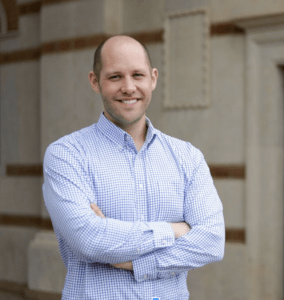 As managing director of OpenStax, Daniel Williamson guides the organization in saving students across the country millions of dollars. He has dedicated the past ten years of his life to developing education startups from conception to culmination, with specialties in open education, content development, ed tech, consumer intelligence, management, and quality assurance.
As managing director of OpenStax, Daniel Williamson guides the organization in saving students across the country millions of dollars. He has dedicated the past ten years of his life to developing education startups from conception to culmination, with specialties in open education, content development, ed tech, consumer intelligence, management, and quality assurance.
Advanced Placement® and AP® are trademarks registered and/or owned by the College Board, which is not affiliated with, and does not endorse, this content.
Photo credits: OpenStax, Jemel Agulto, and Texas Education Agency


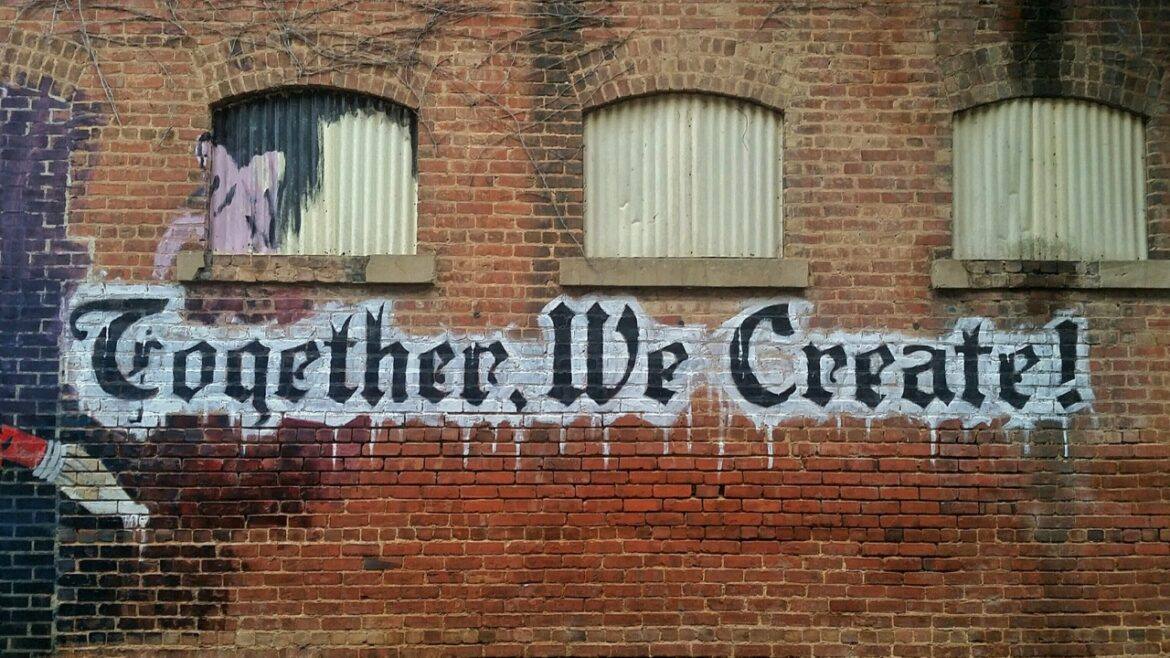
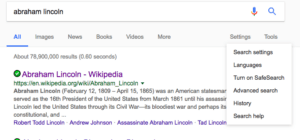


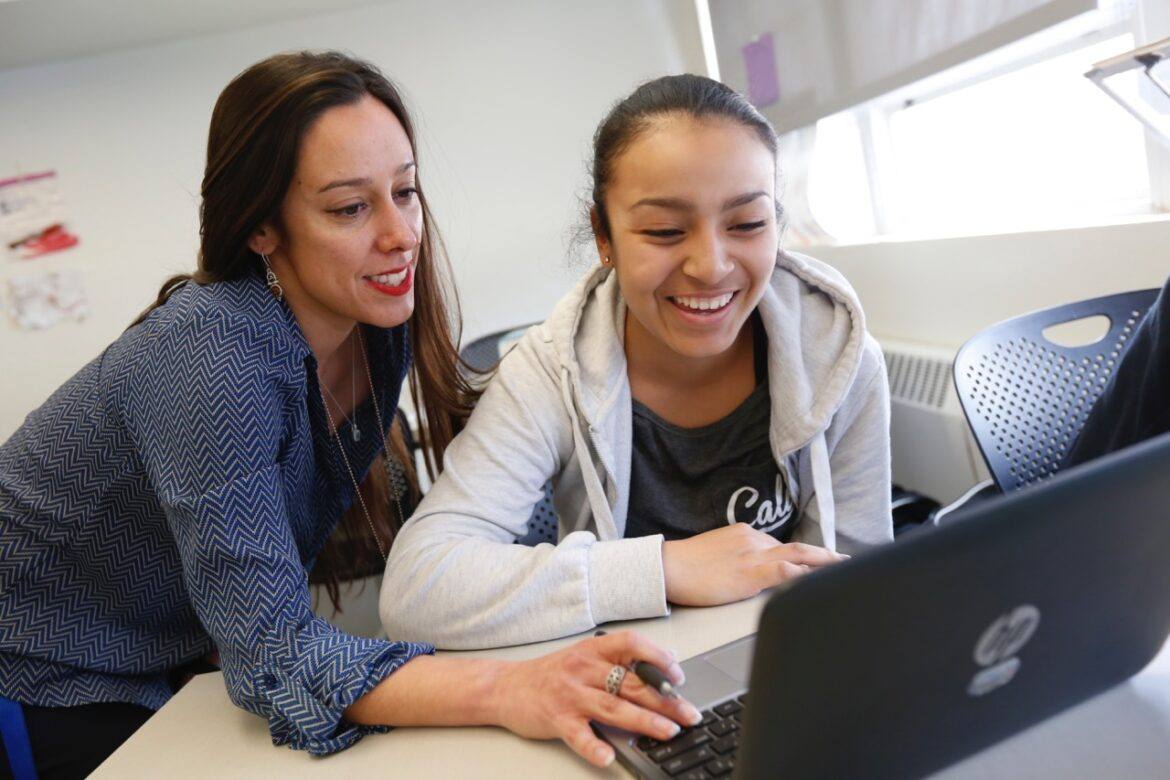
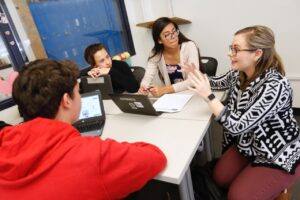 Our district’s journey into OER had begun. During that meeting, I was tasked with finding out how our district could save money by creating our own textbooks using as many OER materials as possible. The district had just gone through the adoption process for science instructional materials and had estimated it would cost close to $2 million for 18,000 students. What if we could use that textbook money in another way? Perhaps to purchase technology for students?
Our district’s journey into OER had begun. During that meeting, I was tasked with finding out how our district could save money by creating our own textbooks using as many OER materials as possible. The district had just gone through the adoption process for science instructional materials and had estimated it would cost close to $2 million for 18,000 students. What if we could use that textbook money in another way? Perhaps to purchase technology for students?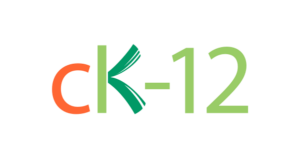
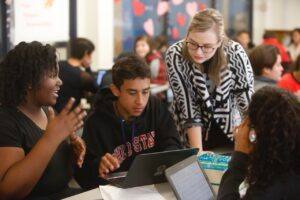
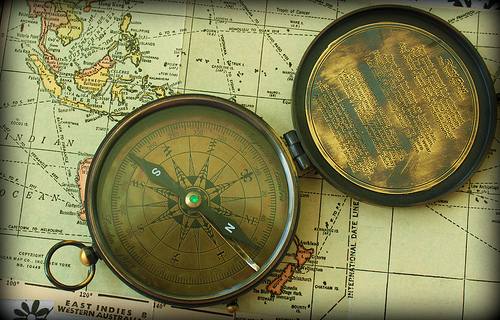
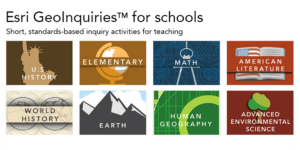 A perfect exemplar of OER activities created for English, math, science, and social studies are
A perfect exemplar of OER activities created for English, math, science, and social studies are 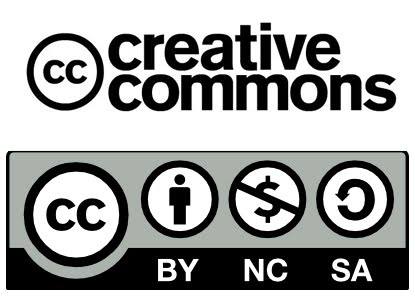
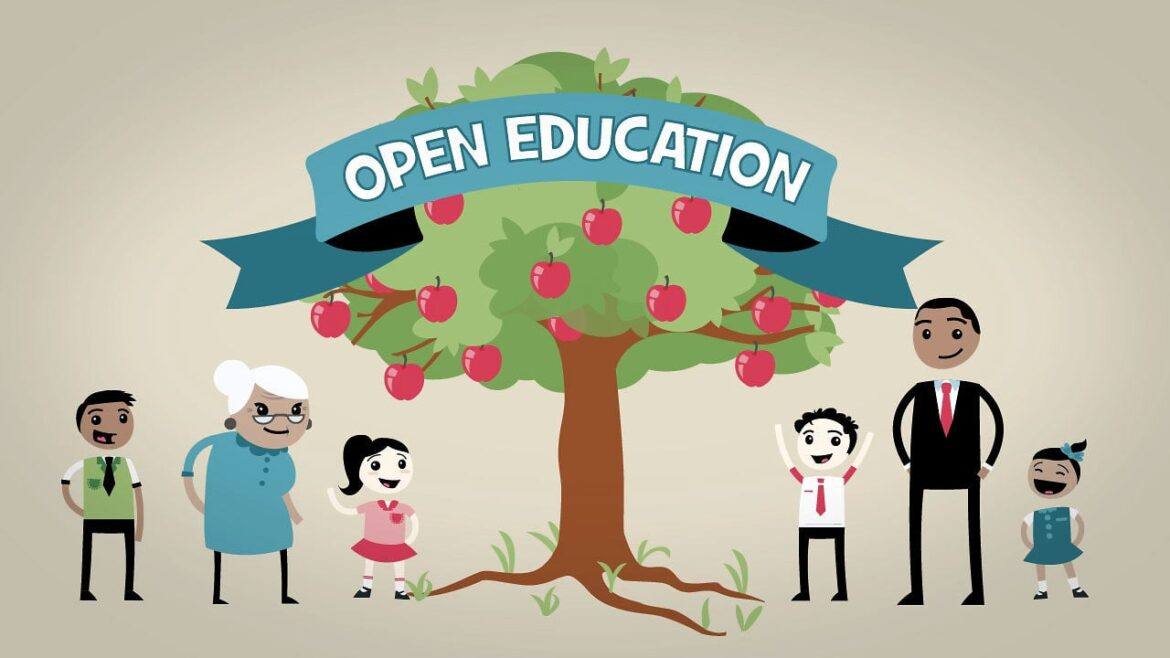
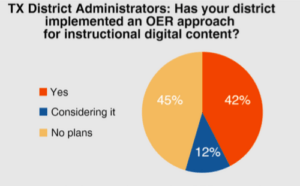
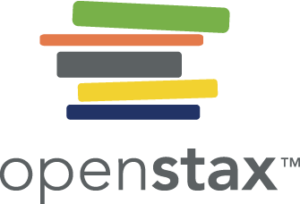 In addition, the state budget for the next two years includes $20 million for the state to arrange for an outside entity to produce open educational resources for the state’s use. It is expected that TEA will begin with instructional materials that meet the specifications for the English Language Arts adoption that will be implemented in the 2019-2020 school year. This would give districts the ability to use high-quality OER materials for this adoption, which has the potential to save them money.
In addition, the state budget for the next two years includes $20 million for the state to arrange for an outside entity to produce open educational resources for the state’s use. It is expected that TEA will begin with instructional materials that meet the specifications for the English Language Arts adoption that will be implemented in the 2019-2020 school year. This would give districts the ability to use high-quality OER materials for this adoption, which has the potential to save them money. 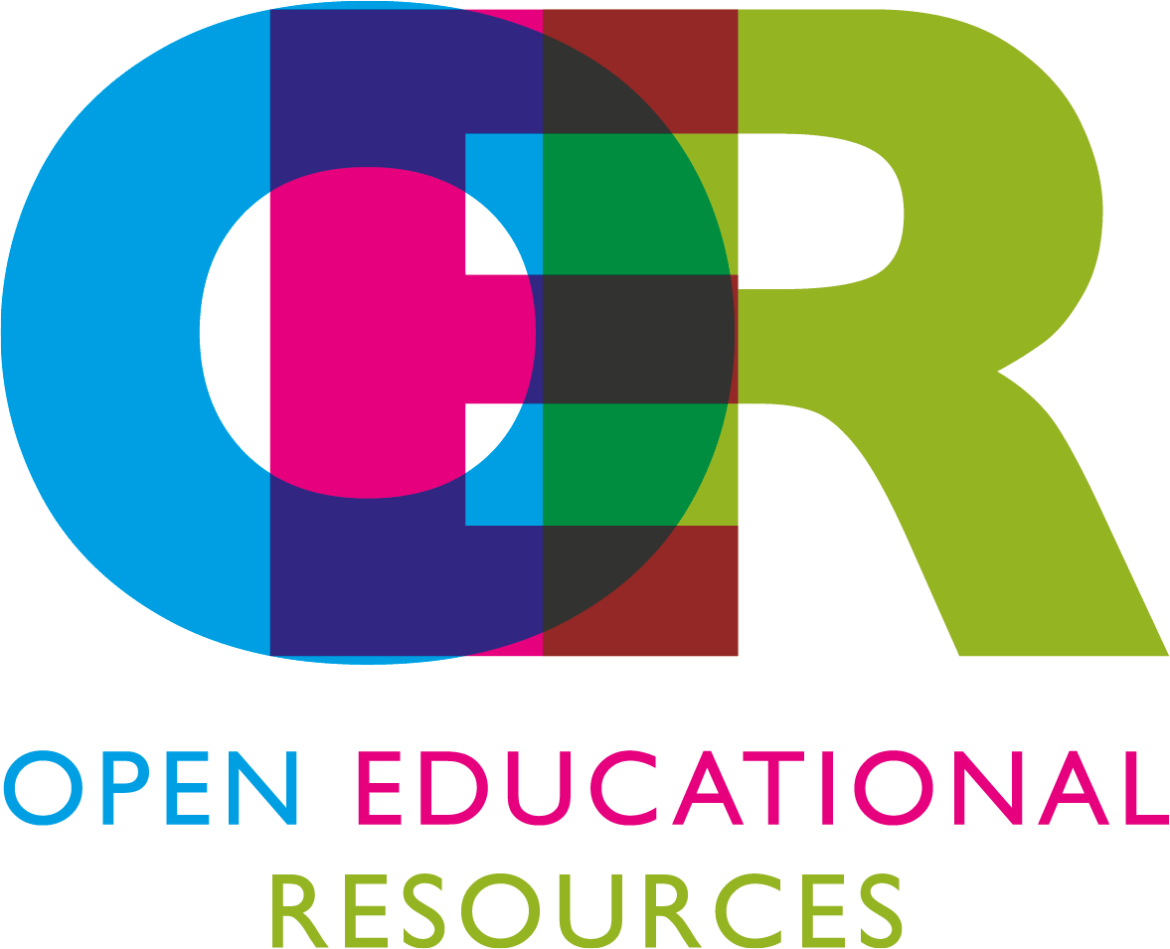
![By User:Sunshineconnelly from Wikieducator, (Original image CC By Recyclethis) [CC BY-SA 2.0 (http://creativecommons.org/licenses/by-sa/2.0)], via Wikimedia Commons Pillars of OER](https://blog.tcea.org/wp-content/uploads/2016/10/OER_lolly_sticks-1.jpg)
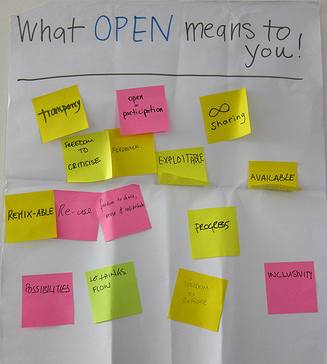 How does a district get started? In order to support districts who are interested in developing some openly licensed educational resources, the #GoOpen campaign has developed a network of states and districts to serve as models and provide support and assistance. A great place to start is by downloading the
How does a district get started? In order to support districts who are interested in developing some openly licensed educational resources, the #GoOpen campaign has developed a network of states and districts to serve as models and provide support and assistance. A great place to start is by downloading the 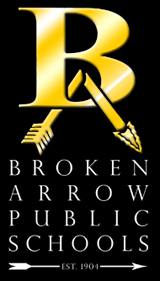 dedication of the instructional staff who have led the process throughout. He noted that the teaching staff has been empowered by the curation process and that the students have positively responded to the change. So far, there have been around 100 teachers involved in the curation process, and he expects that number to grow to more than 200 by the end of this year. He feels that what these teachers have created is a better product than what they could purchase. Their initiative started at the secondary level and, because of their success, the elementary instructional staff is beginning to curate open educational resources as well.
dedication of the instructional staff who have led the process throughout. He noted that the teaching staff has been empowered by the curation process and that the students have positively responded to the change. So far, there have been around 100 teachers involved in the curation process, and he expects that number to grow to more than 200 by the end of this year. He feels that what these teachers have created is a better product than what they could purchase. Their initiative started at the secondary level and, because of their success, the elementary instructional staff is beginning to curate open educational resources as well.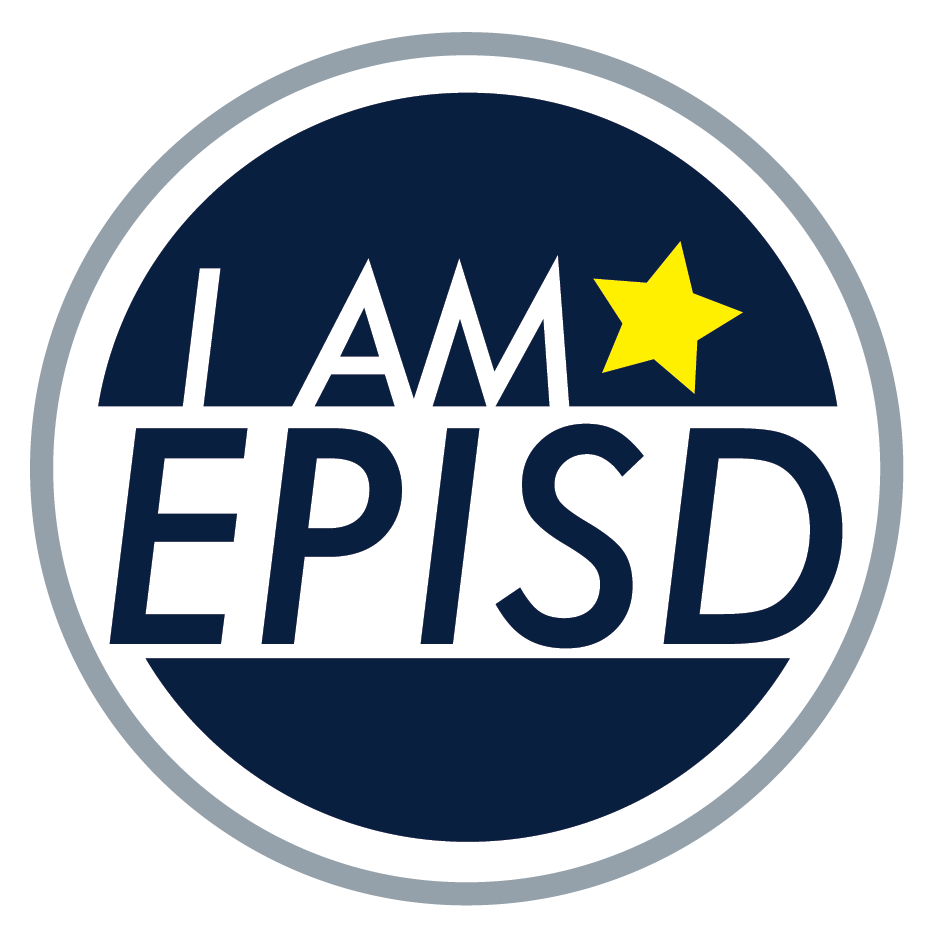 El Paso ISD is a #GoOpen Launch district. They have
El Paso ISD is a #GoOpen Launch district. They have